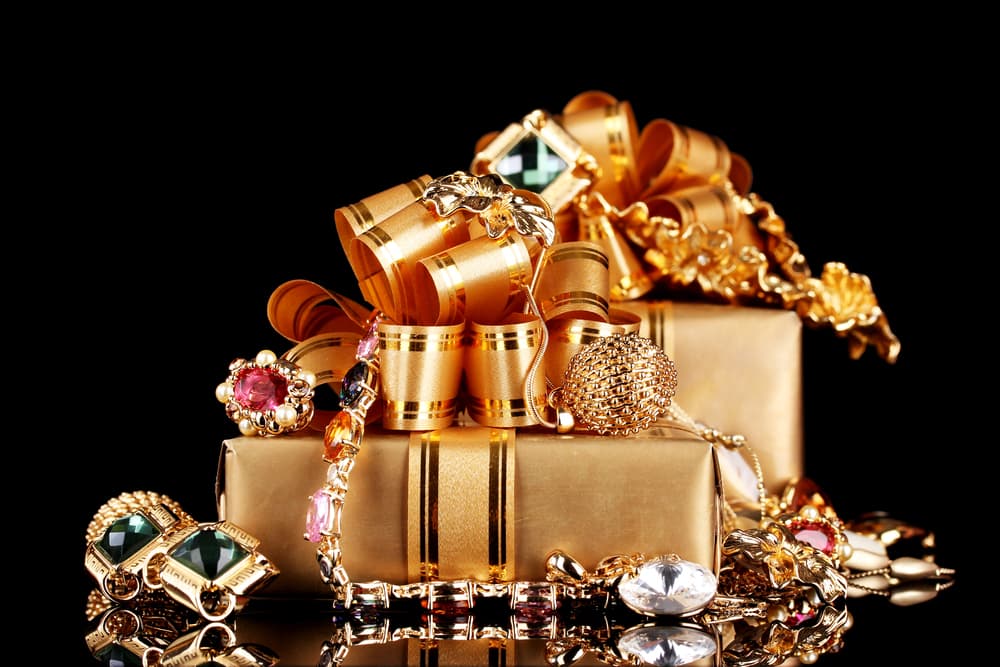If you have ancestral jewellery handed over to you by your parents and/or in-laws and are now planning to gift that heirloom to your children or grandchildren in your retirement years, or sell it for some cash flow, then there are certain aspects related to taxation that you need to account for.
Tax Liability On Ancestral Or Inherited Gold
There is no tax liability on receiving or holding ancestral gold. However, there is capital gain tax liability on the sale of this such gold, and this tax will be calculated depending on the holding period of such gold.
Says Sachin Kothari, director, Augmont Gold For All, Spot Precious-Metals Online Trading (SPOT) platform, “Under the current tax regime, inherited gold, whether in physical or digital form, is not subject to any tax. However, any profit from sale of such gold will invite capital gains tax. Short-term capital gains (STCG) tax is applied if you owned the inherited gold for less than three years. This tax adds the entire gain to your income and taxes it according to your tax bracket. Long-term capital gains (LTCG) tax, after indexation, will be taxed at 20 per cent for gold held for longer than three years.”
Kothari adds, “To calculate the profit on the sale of the inherited gold, the cost price at which the parents or grandparents purchased the gold assets is treated as the actual cost price. Additionally, the gold’s holding period will be determined starting from the day it was actually purchased rather than the day it was transferred or inherited.”
Typically, in most cases, ancestral gold is more than three years old, so the tax liability will come under LTCG where the indexed cost of the precious metal will be deducted from the sale proceeds to find out the gain.
Says Dhaval Selwadia, partner, direct tax, N.A. Shah Associates, “Indexed cost is to be quantified by increasing the actual cost by the ratio of Cost Inflation Index (CII) of the year of sale to the year of purchase. If the acquisition date is prior to April 1, 2001, the fair market value (FMV) as of April 1, 2001 can be considered as the deemed cost if the same is higher than the actual cost.”
But in the case of ancestral gold, the chances could be that the gold was purchased before April 1, 2001, and no purchase bill is available.
Then how does one ascertain the value of such inherited jewellery?
If the jewellery was received prior to April 1, 2001, the FMV as of April 1, 2001 can be considered as the cost, and in case it was received after that, but purchased by the previous owner before April 1, 2001, the FMV as of April 1, 2001 can still be considered as a cost for the gold.
However, it is the recipient’s responsibility to establish that the purchase was before April 1, 2001. In case of jewellery received after April 1, 2001, in the absence of a purchase bill or other corroborative documents, the cost shall be considered as nil, says Selwadia.
The document to establish the purchase date could be an inheritance Will, gift deed, family settlement deed, or financials of the ancestor or relative wherein the cost is reflected.
So, it is very important to keep a record of the gold ownership.
Says Kothari, “A person should keep a thorough record of the ownership of the gold along with the inheritance documents in order to prove the gold asset is an inherited asset.”
How Can You Save The Tax On Selling Physical Gold?
Ancestral jewellery has huge value in emotional terms, but if anyhow, you need to sell it, there is the option to avail of tax exemption. Under section 54F of the Income-tax Act, 1961, one can claim LTCG tax exemption by investing the proceeds from the sale of capital assets in residential house property subject to certain conditions.
Says Selwadia, “The new residential house property should be purchased within one year before or two years after the date of sale, or it can be constructed within three years from the date of sale. In case, investment in new property does not exceed net sale consideration, the exemption would be pro-rata (i.e. capital Gain x Amount Investment/Net sale consideration).”
And, in case it is STCG, there is no way to save the tax, and the tax liability will be as per tax slab rates.
Tax Liability On Purchase Of Physical Gold
Selwadia further says that there is no tax liability on the purchase of gold jewellery or gold coin as it is an investment.
“However, if the value of the purchase of jewellery during the year from a single seller exceeds Rs. 50 lakh, the seller may collect tax collected at source (TCS) at 0.1 per cent of the amount exceeding Rs. 50 lakh. However, the same shall be allowed as a credit in the return of income,” Selwadia adds.




